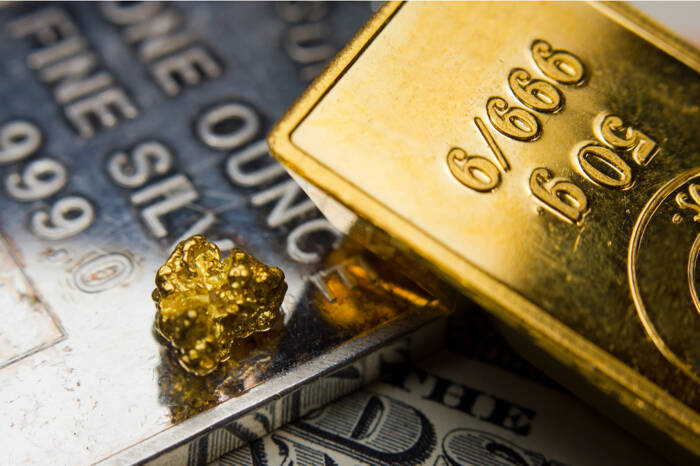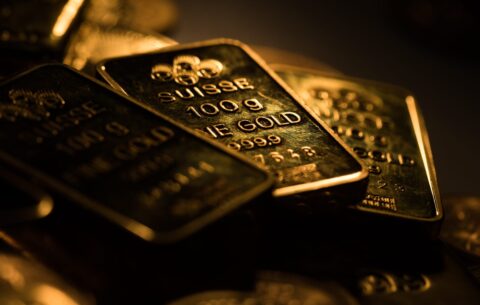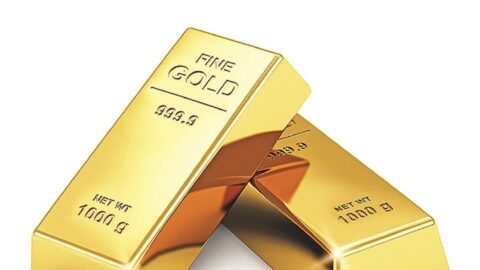Stagflation, a situation with slow economic growth and rising prices, is causing concern for many investors. Michele Schneider, Director of Trading Education and Research at MarketGauge, believes these fears could lead to higher gold and silver prices. This article will look at how these precious metals are likely to perform in today’s economy.
Current Market Situation
Gold and silver prices are facing some resistance at recent highs. However, Schneider believes this is just a temporary phase. As economic pressures continue, she expects prices to rise significantly. Recently, gold reached $2,400 per ounce, while silver hit $30.
Federal Reserve’s Stance
Investors are currently taking profits as the Federal Reserve is hesitant to lower interest rates. Schneider points out that while rates won’t increase, the Fed’s indecision actually helps support gold and silver prices. This uncertainty is not a negative factor for these precious metals or mining stocks.
Geopolitical Issues
Current geopolitical events are driving up inflation and slowing down economic growth. Schneider notes that even though the U.S. core CPI recently fell to 3.6%, many other factors will likely keep consumer prices high. This could create a stagflation scenario, where prices rise but growth remains slow.
Understanding Inflation
Schneider explains that today’s inflation is complicated and traditional measures might not fully capture it. A significant threat to inflation is coming from geopolitical changes, which support gold and silver prices. For example, President Biden recently announced tariffs on electric vehicles and other imports from China.
Effects of U.S. Trade Policies
While these tariffs aim to make the U.S. more self-reliant, Schneider warns that they could hurt long-term economic growth. She believes that these actions may isolate the U.S. economy, weaken the dollar, and affect the bond market. Many countries are now selling their U.S. treasuries to buy gold for protection.
Challenges of Domestic Manufacturing
Biden’s push for more domestic manufacturing might lead to higher consumer prices. As companies face increased costs, consumers could slow their spending, leading to economic downturns.
The Risk of Stagflation
With all these factors at play, Schneider believes that stagflation is becoming a real concern. In this environment, holding gold and silver could be essential. These assets have historically been stable in uncertain economic times.
Future Price Expectations
Looking ahead, Schneider sees that gold is forming a pattern that could push its price above $2,400, potentially reaching $2,600. Silver also has strong momentum and could rise past $35, aiming for $40.
Investment Advice
For those looking to invest in precious metals, Schneider suggests a balanced approach. She recommends allocating about 15% of your portfolio to gold, silver, and mining stocks. She believes silver and miners have great growth potential right now.
Diversifying Investments
Finally, Schneider advises investors to consider other commodities, such as uranium, copper, and natural gas. With the rising energy demands linked to the AI revolution, these commodities could be smart additions to an investment portfolio.
Conclusion
As fears of stagflation increase, the outlook for gold and silver looks promising. Michele Schneider’s insights highlight how these precious metals can act as a safe haven during uncertain times. For more updates on gold prices and investment strategies, visit Daily Gold Signal and explore our Daily Gold Updates.





